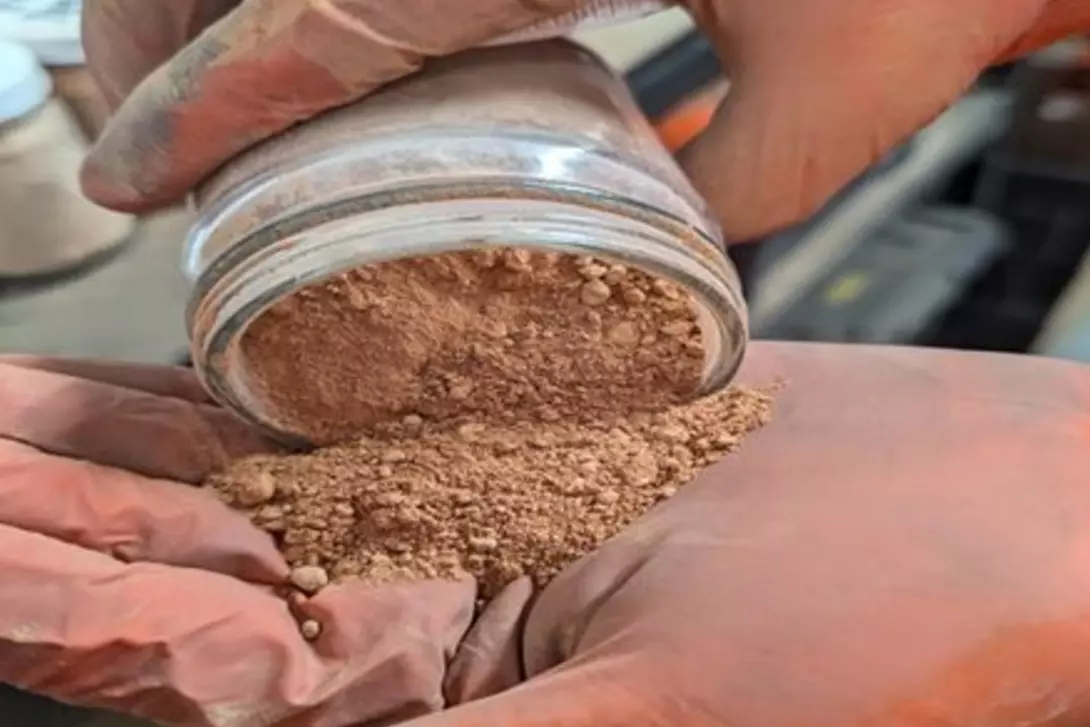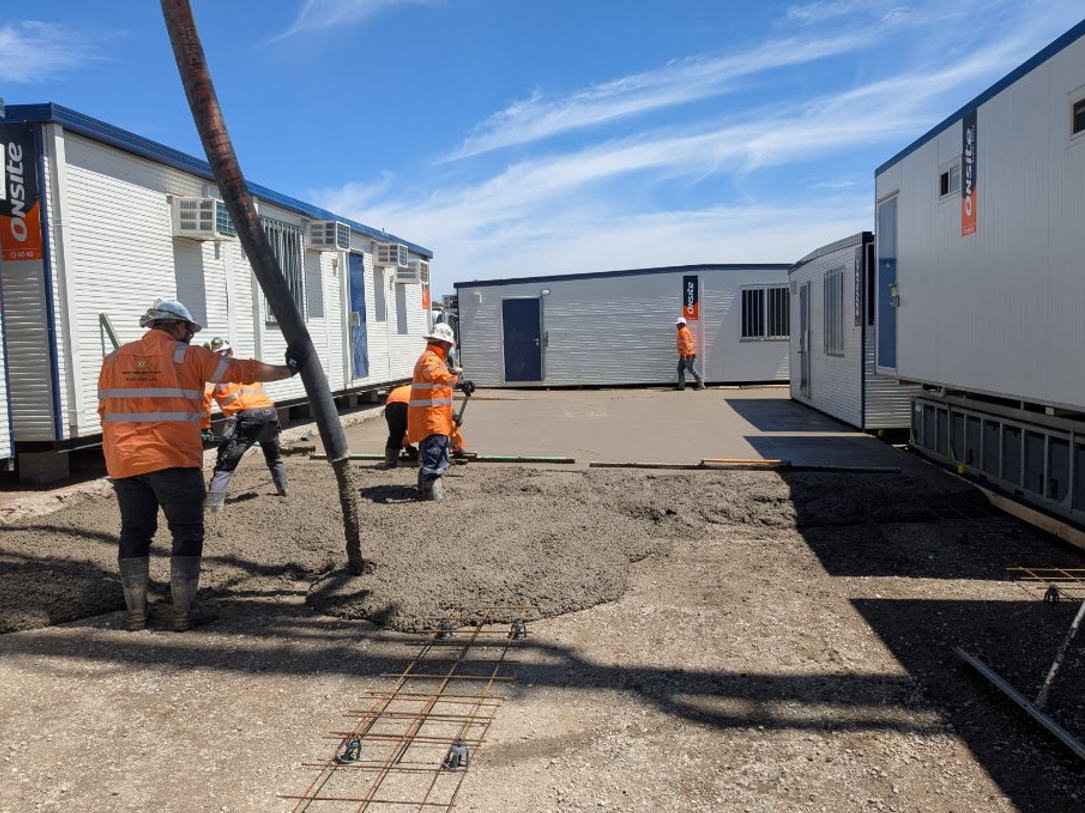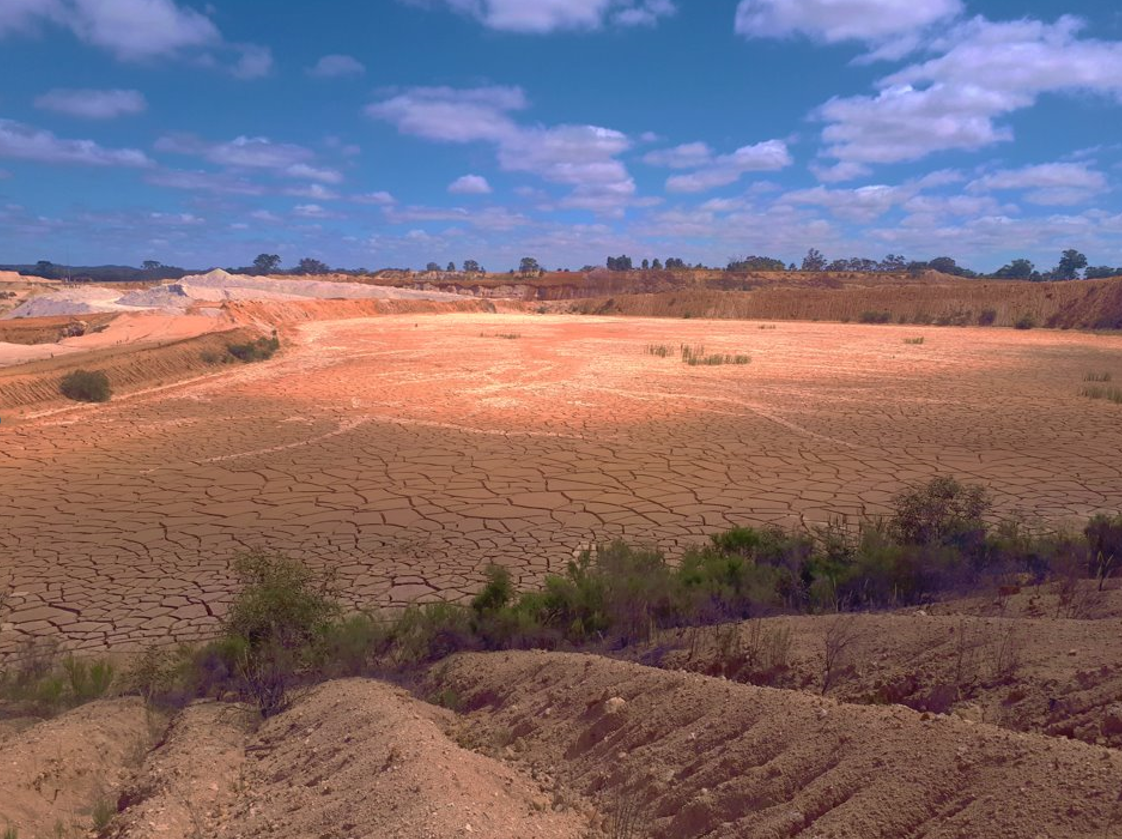Using waste in a valuable way – Calcined clay
Proactively exploring solutions for carbon reduction

As an industry, we are collectively working to develop low carbon concrete solutions that will shape Australia’s construction materials industry, building a legacy for generations to come.
Supplementary Cementitious Materials (SCMs) contribute to the reduction of carbon in concrete and ensuring long-term material availability whilst maintaining concrete performance is key.
In response to the drive for innovation, a recent collaboration was launched between Major Road Projects Victoria (MRPV), Arup, the University of Melbourne, BMD, Sika and Heidelberg Materials to explore the use of Calcined Clay—derived from sand tailings—as a viable SCM alternative.
From concept to construction

Key to the solution development was ensuring the Calcined Clay concrete mix met engineering performance standards while maintaining good placement behaviour.
Multiple trials were conducted to refine the mix and validate its structural integrity and handling characteristics under real project conditions.
Significant collaboration across the supply chain—from quarry to RMC plant, customer and end user—enabled the development and trial of a viable product.
The future of Supplementary Cementitious Materials (SCMs) is here.

The solution was used in a Major Roads VIC project—marking Australia’s first successful application of concrete incorporating Calcined Clay.
This collaboration demonstrates that concrete containing Calcined Clay could be quickly adopted in construction applications requiring 20–50 MPa strength, including footings, pavements, post-tension, blockfill and slabs.
This represents a major step forward in sustainable construction practices in Australia—turning industrial waste into practical building materials—reducing embodied carbon and supporting long-term material resilience in the concrete supply chain.
Connect with Heidelberg Materials to learn more.